GUEST BLOGGER KATHRYN HULICK
An alien spacecraft has arrived on Earth, carrying intelligent beings. Is this a true story or science fiction?
Most students will realize this is a made-up story.
What about this one? Scientists are using artificial intelligence to try to decipher animal communication.
That’s actually true (and here’s my ScienceNews article about it)!
My new book, THE UFO FILES (Quarto, 2025), combines a science fiction story with nonfiction sidebars. In the story, an investigator known only as Polaris tries to understand alien beings and their technology. The story is a graphic novel, presented as if you’re holding Polaris’ personal notebook, filled with emails, newspaper articles, charts, or other scientific material. In the sidebars, readers get a glimpse into actual science and history to help them better understand the story. The book is aimed at readers in upper elementary and middle school.
In this activity, students will use critical thinking and online fact-checking to tease apart facts and fiction in this book… and anywhere they encounter information.
Critical thinking activity: Fiction vs. nonfiction
Search for clues
- Use the first few pages of THE UFO FILES as an example. As a class, look at pages 8-13 together.
- Ask the class if the newspaper story “Strange Signal From Space” on page 8 is nonfiction or fiction (it’s fiction) and discuss some clues:
- If this were real, students and their families would have seen it on real news.
- A real newspaper would use a real photograph, not an illustration.
- On page 13, you can see the story is set in 2030, a year that hasn’t happened yet.
- Ask if the sidebar “The story of SETI” on page 9 is nonfiction or fiction (it’s nonfiction) and discuss some clues:
- It’s set apart from the main story with a distinct border, subheadings, and fonts.
- The dates mentioned are all in the past.
Fact-checking
- Explain that you can check if you’re correct about which parts are fiction and nonfiction by fact-checking. Demonstrate this for the two sections above using online searches.
- As you search, explain the difference between AI-generated search responses (which aren’t always true), and information from more reputable websites (such as .edu or .gov). Explain that you can add “-noai” or “-ai” at the end of a Google search to prevent an AI response from appearing.
- Search online for a person mentioned in the fictional newspaper story (“Shane Atwood SETI”) and show there’s no person with that name in that role.
- Search for the person mentioned in the nonfiction sidebar (“Jill Tarter SETI”) and show there is a real person with that name in that role.
- Check another fact in the nonfiction sidebar: “Breakthrough Listen Initiative launched in 2015.” Have the students guide you through the process of finding evidence to show that it is true on a reputable website.
Small group investigations
- Break the students into small groups and assign each group one of the following sections of the book. All of these sections contain several clear examples of nonfiction sidebars.
- The Spaceship, pages 18-23
- The Language, pages 34-37
- The Language, pages 38-41
- The Technology, pages 52-55
- The Technology, pages 56-59
- Th Journey, pages 64-67
- The Journey, pages 68-71
- The Journey, pages 72-75
- The Bodies, pages 84-87
- The Bodies, pages 88-91
- Each group should create a chart (example below) and fill in at least three examples of fiction and nonfiction parts of the text.
| Page numbers: | |
| Fiction | Nonfiction |
| 1. | 1. |
| 2. | 2. |
| 3. | 3. |
- Have the students fact-check one fiction and one nonfiction section using online searches. Did they identify them correctly?
Check out more activities in the free Educator Guide for THE UFO FILES.
Featured image credit: “UFO” by Jonas B is licensed under CC BY 2.0.
Kathryn Hulick is a freelance journalist and author of numerous books for young people or anyone who is curious. Her new book THE UFO FILES: Notes on an Alien Encounter (Quarto, 2025) combines a sci-fi story about the arrival of an alien spacecraft with scientific explanations of the marvels found on board. Her previous two books, Welcome To The Future (Quarto, 2021) and Strange But True (Quarto, 2019) are both nonfiction for young readers. She also writes news and features for Science News, Science News Explores, and Front Vision, a Chinese-language science magazine. Her Substack is called Wow! Tech & Nature. She enjoys hiking with her family and dog, painting, reading, and growing unusual orchids. Follow her work on Substack.


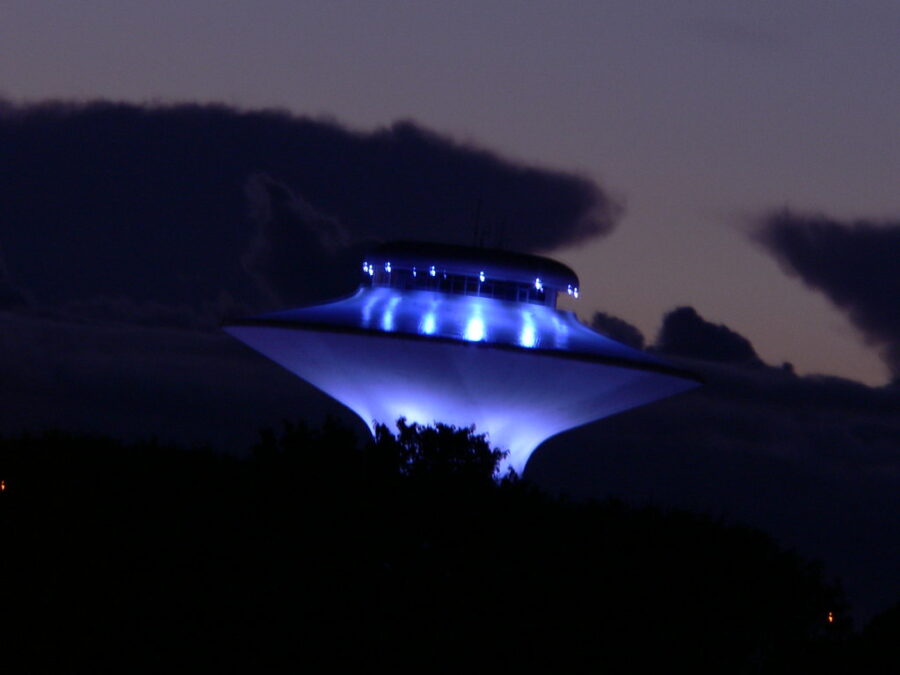

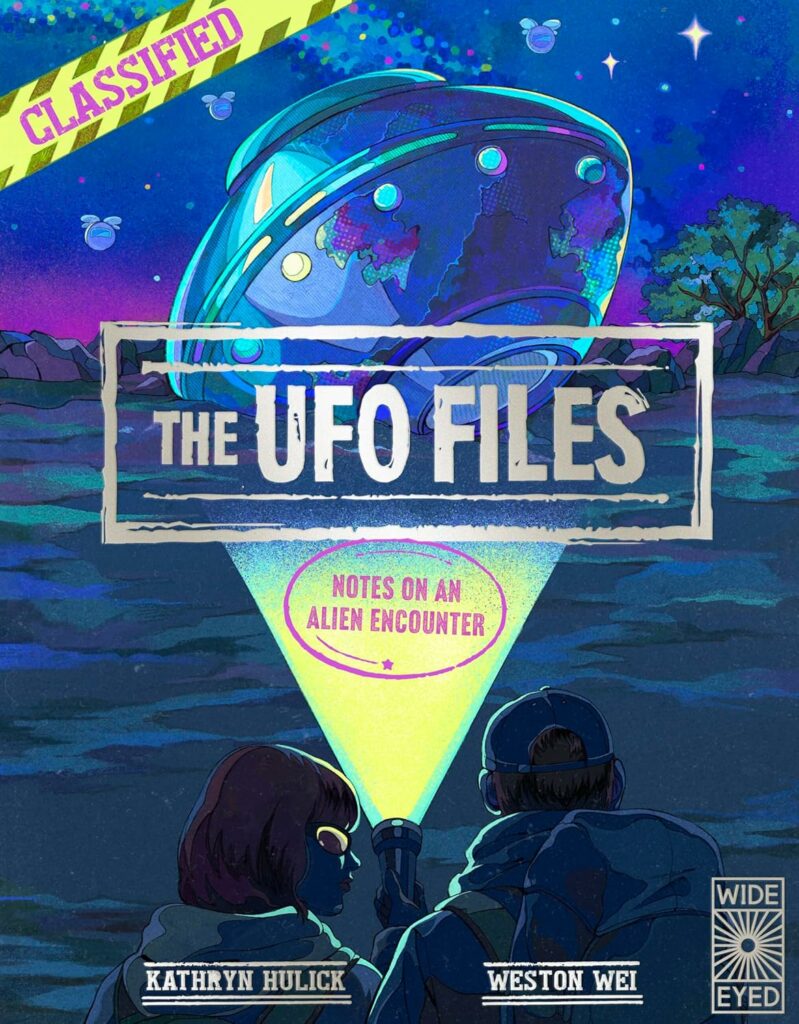

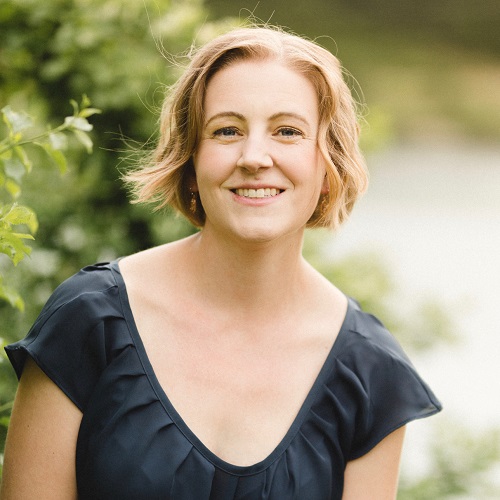
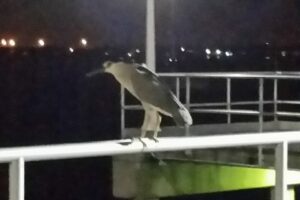
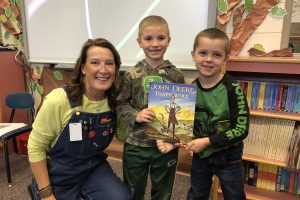
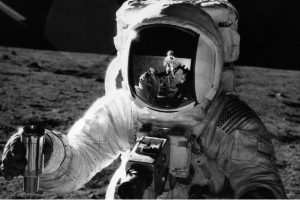

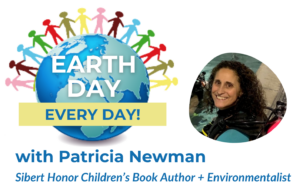
Leave a Reply
Your email is safe with me.